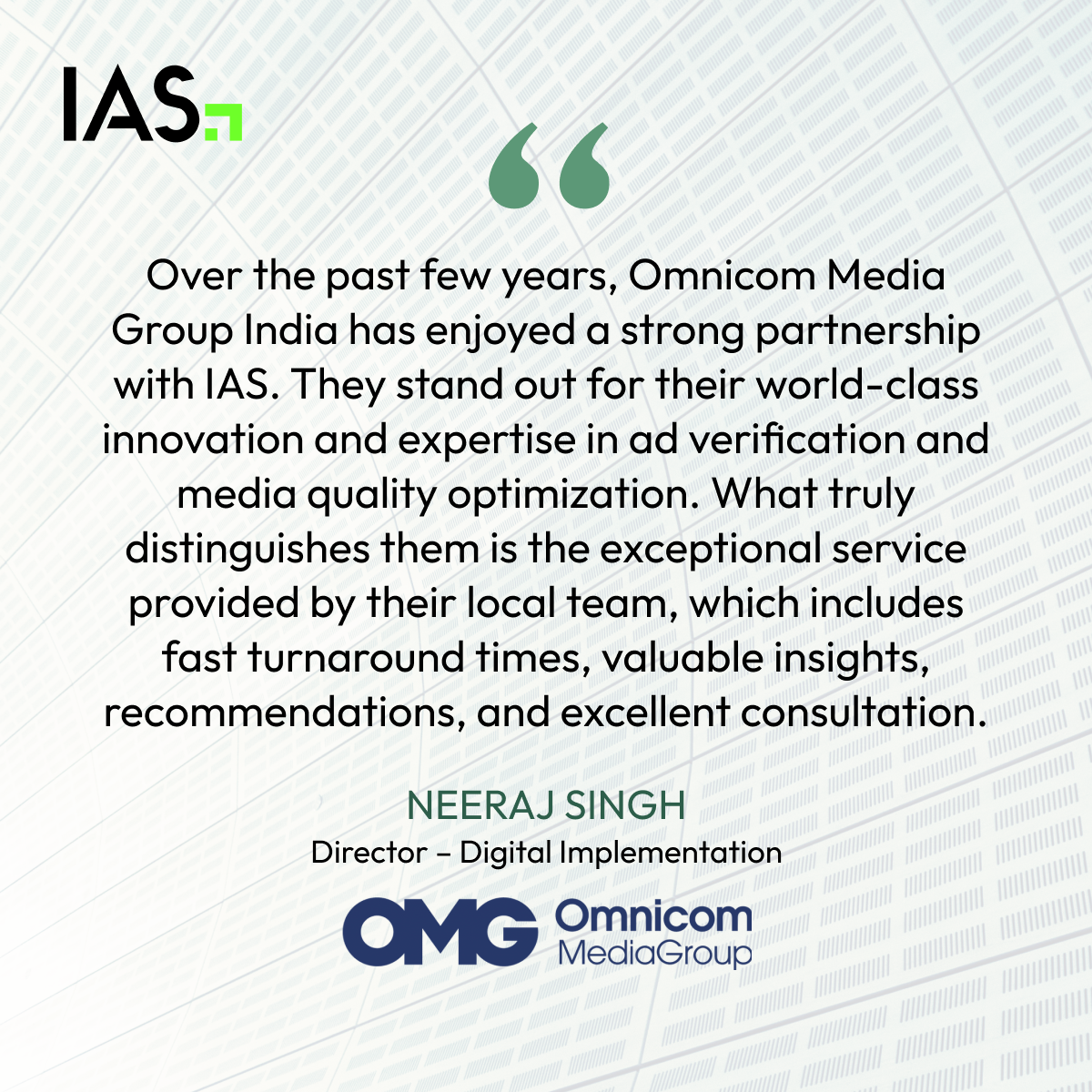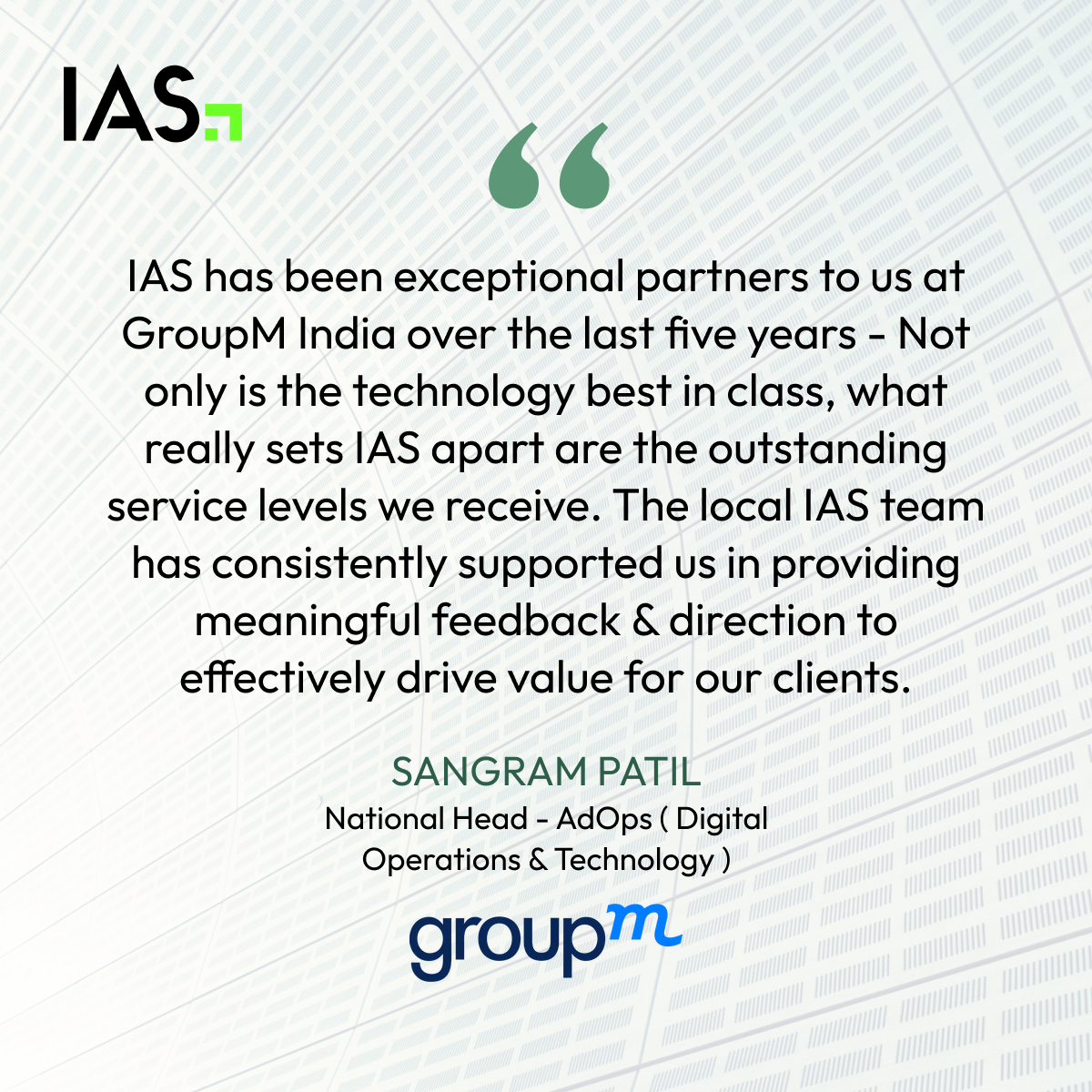Maybe this isn’t true everywhere. But in the northeast, we’ve reached the time of the year when nearly everyone has had just about enough of winter and is eager for warmer days. And, with OTT buds starting to bloom and brand safety and other concerns driving brands to invest with trusted partners, premium digital publishers may also be wondering if their long cold winter of online advertising could see signs of warming.
A recent report from MediaRadar, indicated that programmatic ad spend from a number of advertisers shrunk year-over-year from 2017 to 2018. While some brands may have become more reluctant to spend money in programmatic, directing funds out of the programmatic ecosystem is typically a temporary measure. Advertisers are building their internal expertise and seeking ways to get the benefits of programmatic (such as automation and the ability to leverage their increasing store of customer data) without the downside of low or unknown media quality. eMarketer has predicted increasing momentum towards private marketplace or programmatic direct deals through 2020. This reflects advertiser expectations that trusted publisher partnerships will best meet the demand for quality inventory.
Market Pressure
In addition to the growing sophistication of buyers, other trends in the marketplace are also conspiring to shift advertiser spend to premium publishers. Increasing consumer interest in privacy and data governance, kicked off by initiatives like GDPR and the California Consumer Privacy Act, will make it harder for lesser-known inventory providers to use targeting and consumer data to win brand dollars.
The rise of OTT gives premium publishers a unique carrot for digital ad buyers. This makes it difficult for lesser-known publishers to access inventory at scale across this new channel, unless there are significant changes to the ecosystem that empower smaller players. Given that publishers see the nascent OTT market as the first major bulkhead in winning the dollars currently devoted to linear TV, it’s unlikely that we’ll see the market open up to anywhere near the degree we have seen with mobile or desktop advertising. The winning platforms – companies like Apple, Amazon, and Roku – and the winning publishers – the major broadcasters and other household names for video content – are likely to keep the market under tight rein.
Value Matters & Values Matter
However, the wild card in this whole equation is the degree to which advertisers can feel confident that they are getting what they pay for. This applies not only to audience reach, but also a quality playback experience, meaning a viewable, brand-safe, and non-fraudulent impression. Without transparency on inventory quality, advertisers will continue to seesaw between investing in digital and pulling back spend to put it into other channels, as we have seen over the course of the last few years.
Transparency lays the foundation for trust between buyer and seller, and it is difficult for buyers and sellers to work together to establish this trust if they are relying on numbers from two different sources. All too often, publishers measure using one set of numbers while advertisers are using another. This inevitably results in discrepancies. It is difficult for publishers and advertisers to work together to support a transparent marketplace when they are measuring using two different methodologies. Standardizing on a single set of numbers on the buy and sell-side could also reduce the number of calls to supporting vendors’ ad code. It also makes it easier for buyers and sellers to work together to streamline the technology, reducing latency and other issues.
Standards and Issues
The good news is that the industry has never been in a better position to solve the problem of transparent cross-screen measurement. We as an industry have for the first time introduced measurement-specific ad standards. Most notably, these include the Open Measurement initiative, including the Open Measurement SDK, and Open Measurement for web. Prior measurement efforts piggybacked on technical standards like VPAID and MRAID, which were introduced to support rich media, not to provide accurate reporting on inventory quality. Having a standard designed expressly to support measurement that works across all devices is a great development.
We need to move the industry towards a single technical standard for measurement. We must get publishers and advertisers on board to utilize a common methodology to measure inventory quality. And we need to tackle measurement issues head on when they arise. This proactive approach is surely preferable to finger pointing and fighting over makegoods.
Now we are at the point where it’s either springtime or more cold lean years for publishers whose content deserves better. We can let dozens of competing proprietary approaches fragment the nascent digital TV ad industry. Or we can agree not to let that happen and work together to align the buy-side, sell-side, and the standards used for measurement. The outcome of that decision could mean the difference between five years to a fully digital ecosystem – or 15.
To learn more about how IAS can help you, check out our Publisher Solutions.
This article was originally published on Digital Content Next (DCN).
 Share on LinkedIn
Share on LinkedIn Share on X
Share on X

